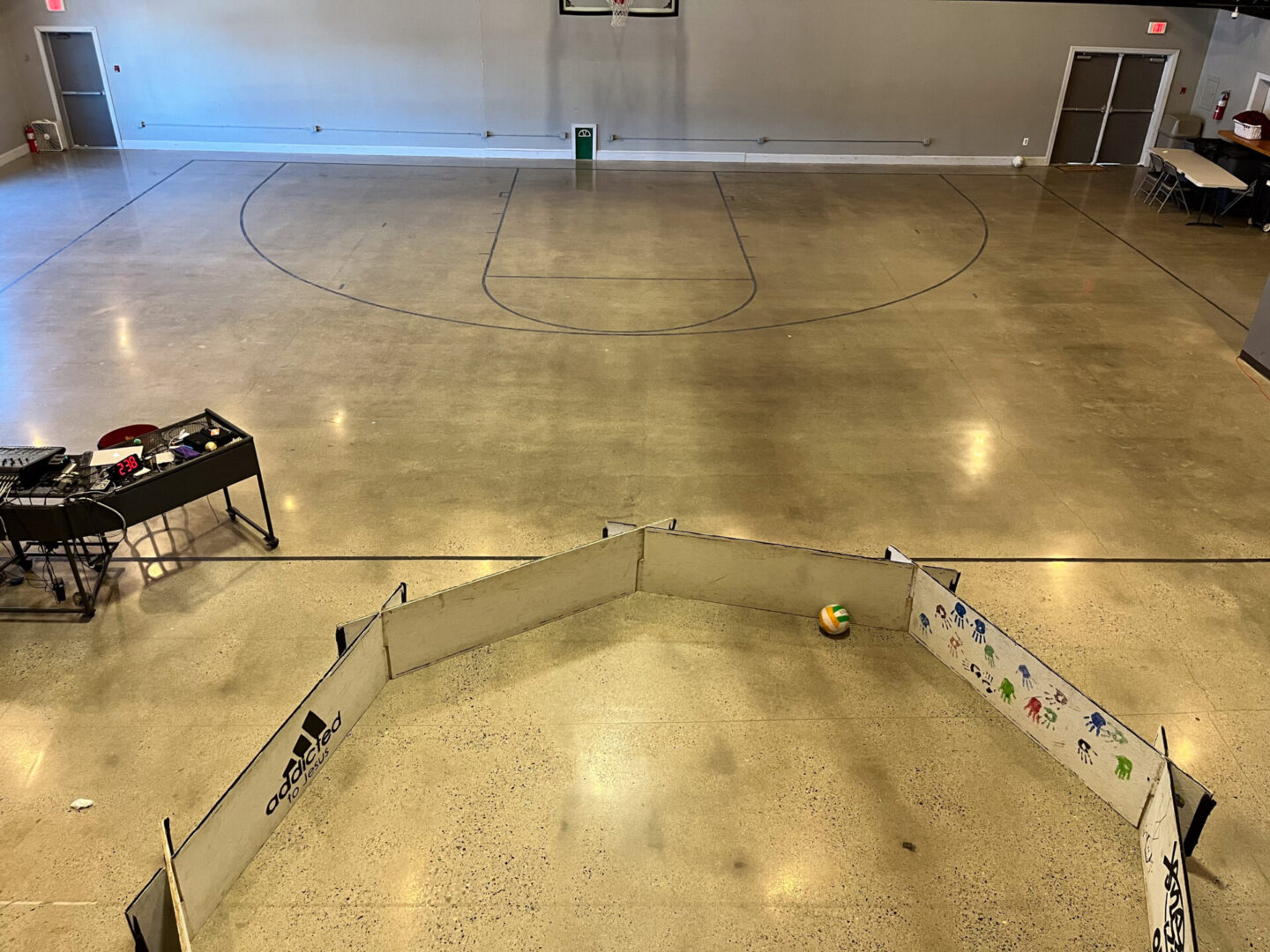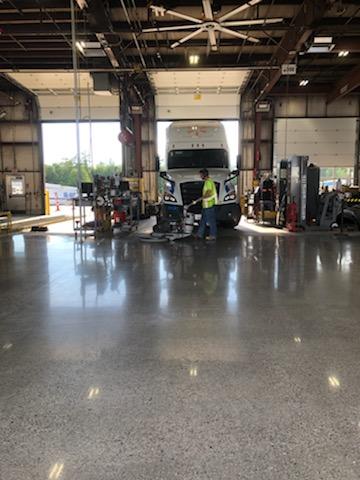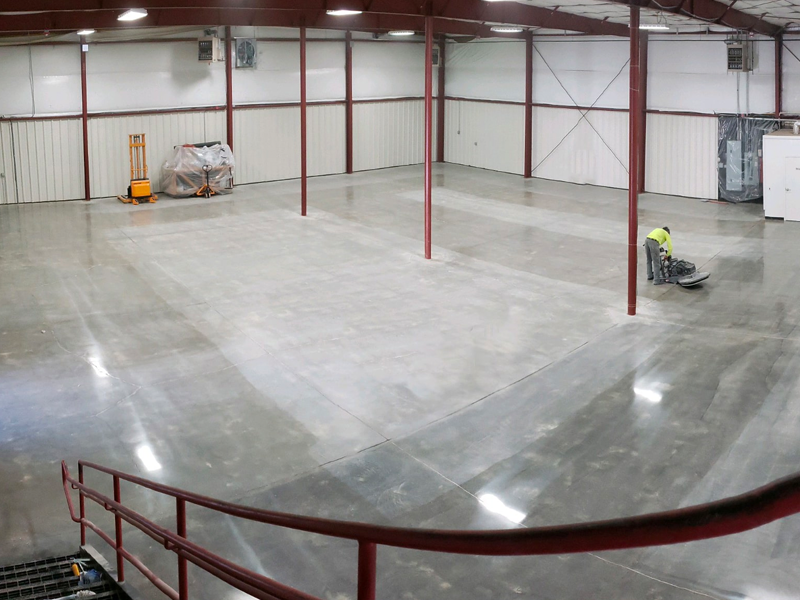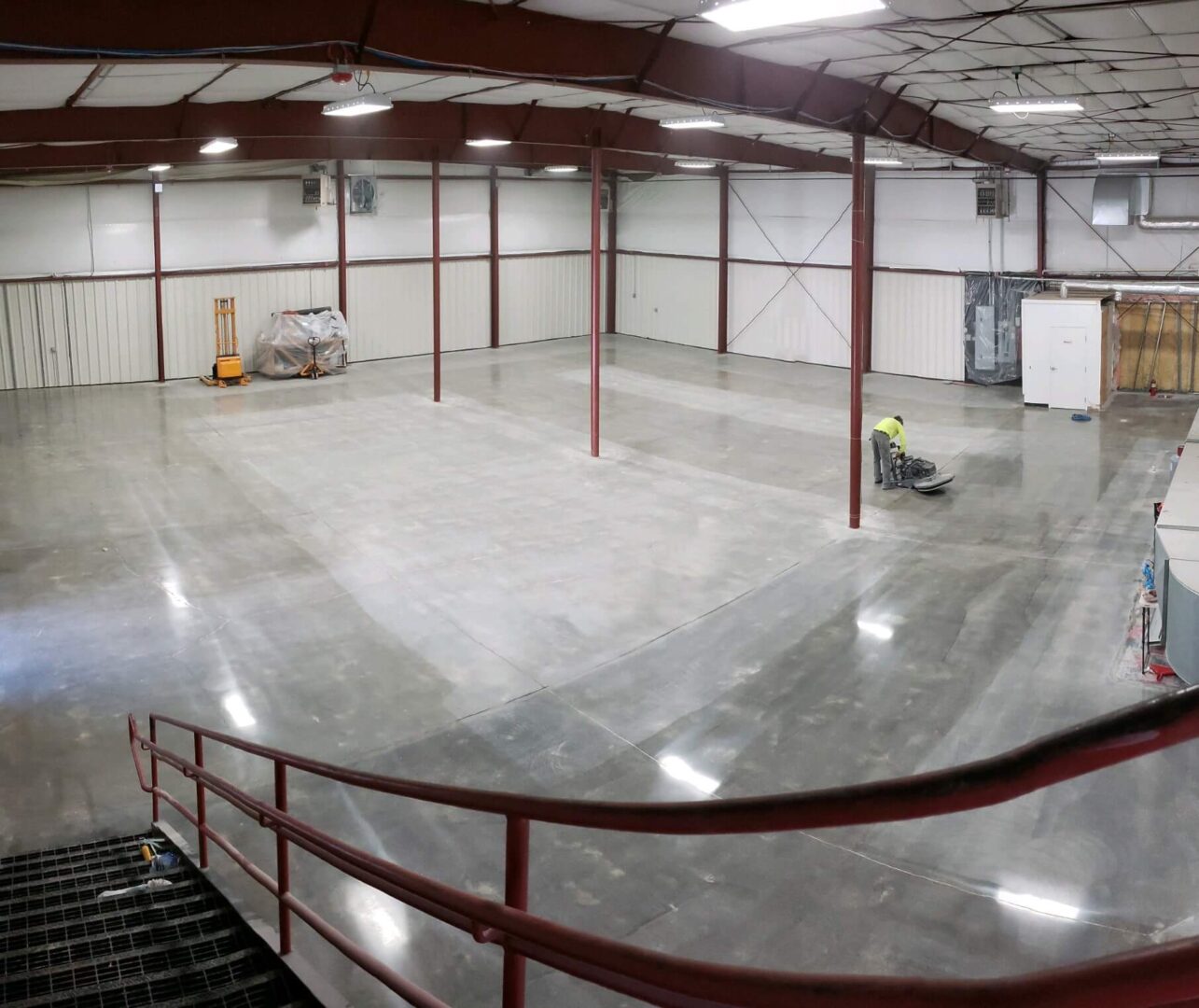Polished concrete offers several environmental advantages over epoxy flooring, making it a more sustainable choice:
- Reduced Material Usage: Polished concrete utilizes existing concrete, requiring minimal additional materials compared to epoxy, which needs a separate coating.
- Lower VOC Emissions: Epoxy resins often contain volatile organic compounds (VOCs) that can be released during installation and can contribute to indoor air quality concerns. Polished concrete uses water-based hardeners and stain guards, minimizing VOC emissions.
- Energy Efficiency: The high reflectivity of polished concrete allows for increased natural light penetration, potentially reducing the need for artificial lighting and lowering energy consumption.
- Durability and Longevity: Polished concrete is incredibly durable and requires minimal maintenance compared to epoxy, which can chip or peel and need recoating. This reduces the need for material replacement and the associated environmental impact.
- End-of-Life Considerations: While both materials can potentially be recycled at the end of their lifespan, polished concrete may offer an advantage as it’s simply crushed concrete and doesn’t involve complex composite materials like epoxy.
Here’s a quick summary of the key environmental benefits:
- Polished concrete: less material, lower VOCs, energy-saving, durable, and potentially easier recycling.
- Epoxy: More material used, potential VOC concerns, doesn’t directly improve energy efficiency, may require more frequent replacement, and potentially more complex recycling.





